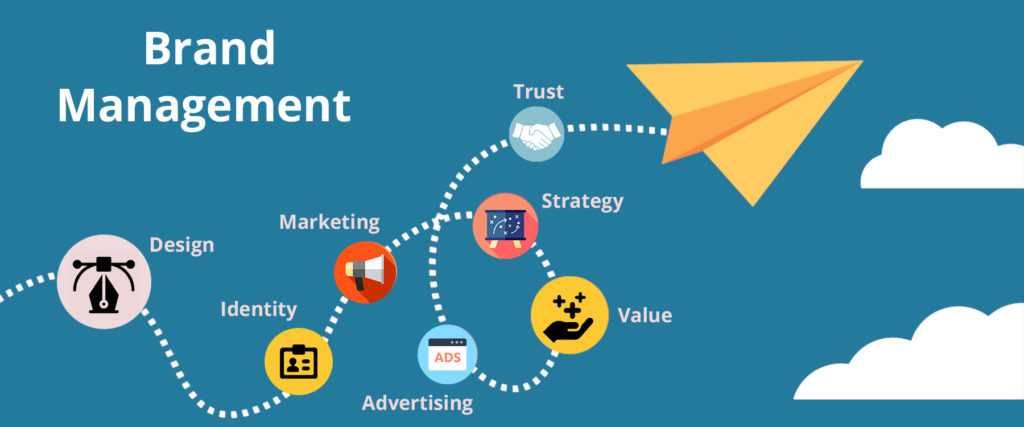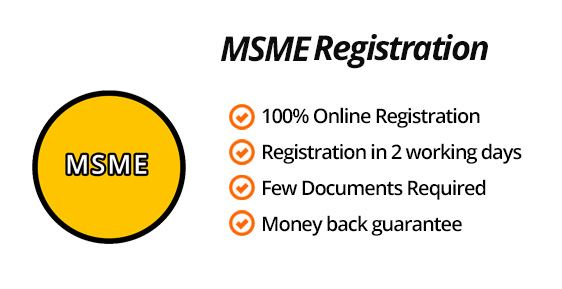
What is Financial Planning?

Financial planning is a crucial part of a company’s financial management, regardless of the size of the business. During financial planning, you need to decide how you will plan your finances, from where you will arrange the same, and how you will bifurcate it under different subheads to achieve your business’s objectives.
It revolves around the strategies, actions, and programs to optimally utilize the funds. It is planned instantly after setting the targets and visions.
Resources including finances are not available on abundant, and thus planning its usage is crucial to ensure optimum utilization. You should plan your funds and resources in such a manner that your business never runs short of budget and can function smoothly.
Importance of Financial Planning

Financial planning helps you to define your company’s both long and short-term goals and craft a stable proposal to meet both these goals. Let us look in details some of the benefits of accurate financial planning
The smooth functioning of the business
Proper financial planning helps you to derive your policies more conveniently. Thus, you can run your business including all administrative functions effectually.
Business expansion
If you can manage your current finances to produce better results, you will be in a situation to take future endeavors and grow your business.
Cash inflow
Study your expenditures meticulously, plan where it can be curtailed and accordingly also try to increase your income from different sources. This overall process will ensure that you never run short of funds for your business.
It Enhances security
Unplanned finances can lead to uncertainties in the business and also in the personal life. So, to reduce that, it is vital that you plan your resources properly.
Goodwill
Before creating any relationship with your company, investors and other stakeholders focus on your profit, and modus operandi of business. So, a good income and expenditure statement is crucial and is sure to get the confidence of your customers and investors.
Apposite Capital Structure
You can arrange funds from numerous sources and for different durations. To plan this appropriately, to help you to bring in funds from right sources at a suitable time, a clear vision and proper financial planning are inevitable.
Steps to do proper Financial Planning for small business.
Until and unless you start assigning numbers to your plans, it is not concrete and is only in the conceptual phase. Though the business plans and marketing plans might be exciting to read, the feasibility of the same comes in to picture only when you assign figures to it. And, assigning numbers and figures to your plans and giving life to them starts happening in the financial planning phase.
Linda Pinson, the owner of publishing and software business ‘Out of Your Mind and Into the Marketplace’ has rightly said about financial planning that it tells an entrepreneur whether his business plan is viable and profitable or whether he is wasting his time or money or both by focusing on it,
Let us now look at the steps to plan your finances in the most effective manner:
1. Review your existing plan
While financial planning is not the same as your financial statements, it is essential to look into your current financial statements to understand the current status of the business. You also need to revisit your strategic plans and try to modify the loopholes if any.
Rethink on what you want to achieve, gaze where you stand, and make a plan accordingly; decide the financial effect in the upcoming twelve months, which includes expenses on key projects like purchasing of equipment, a shift of location, an introduction of new service lines, redesigning of the web page, marketing expenditures.
2. Cultivate on your financial forecasts

Now that your overall objective is in place, you need to break it down in smaller segments for intricate planning and execution. Create monthly financial projections by jotting down your predicted income on the basis of expected sales and predicted expenditures on the workforce, technologies, supplies, and other overheads.
You might also go for a weekly plan depending on the cash flow and the size of your business; for new companies with limited cash, this is good as it helps in tracking the growth and in also rectifying any error.
You can use any database tool or reporting tool like Excel or Access or SAP to maintain the books of your income and expenses. Keep it simple to understand. Not necessary that your sales will generate cash immediately. So, ensure to enter them as cash inflow only when it is converted. You can maintain one projections report, and other actuals report. It will also guide you in understanding the discrepancy between your plan and actual finances.
3. Arrange finances
Once your financial forecasting is in place, now you can go ahead and decide on the sources of investments. During this stage, you need to decide where you will raise your finance and in what proportion. Your investors will be more confident on you when he sees that you are particular with your books of accounts and have clear financial planning. They will rely on your words if they know that your vision is clear and is back-up with numbers.
4. Frame contingency plan
If you are a finance student, you will know that maintaining a contingency account is imperative. For non-finance students, let us explain why. You must have commonly heard people saying that business is for those who can take a risk and this is because not all the factors in a company are under control.
For example market, change in technologies, etc. are not in your control but they might have a severe adverse effect on your business. Yes, they can have a positive impact too, but a businessman needs to be prepared for the worst come worst scenario. Contingency funds are for these scenarios. You must create a cash pool that will help you to sustain during the bad days. So, while designing your company’s financial planning, consider the contingency fund also.
5. Review and monitor
Monitoring your progress is a continuous process. Compare your projects with actuals to see the difference between them and also to understand how far you are from the target. It will help you to find the actual problem areas and rectify them before they exaggerate.
6. Take support
To run a business effectively, you will need to look into various things like finances, administration, legalities, marketing, etc. and paying equal attention to each at times might become a challenge. So, at times it is good to take the help of experts as they can help you with suggestions that you might not be able to come up with always. Don’t try to do everything yourself and take support whenever required.
Significant components of Financial Planning
Financial planning depends on various factors; the plan for a new business will not be same as that of an already established one; there will be a difference depending on the type of business and the value proposition also. To reap benefits from a financial plan, it is essential to write down the plan, keeping in mind the following components:
Proper clarity on objectives.
It is the first and one of the most crucial components of financial planning. Without knowing where you want to reach, you will not be able to draw your road map. Similarly, if your goals and are not lucid, you will never be able to achieve them. Note down your purpose and objectives in measurable terms, be specific and prioritize them accordingly.
Forecast your sales
You must have an estimation of revenue to be generated from sales in the upcoming weeks, months, quarters and year. If you can identify the pattern of your sales, it will help you to understand your business, and you can accordingly create your marketing strategies.
Plan your income tax

Maximize tax returns to ensure that you are saving tax fees wherever possible while abiding the laws and regulations. Tax can be quite cumbersome if not planned and in sync with your objectives and financial strategies.
Financial Statements.
You must create the books of accounts consisting of Income and Expenses statement, Cash Book, and Balance Sheet, which helps you to know your current financial status. While the Income and Expenses accounts give you the profit or loss, the Cash Book tells you about your cash in hand or cash in a bank, and the Balance Sheet provides clarity on the assets and liabilities.
For prediction, analyzing the current scenario is a must, and these books of accounts will help you to do it. So, update them regularly and visit them more than often.
Contingency and Risk Management Plan.
An unexpected incident can cause damage to the most detailed and precise plan. So, it is good to be prepared for catastrophic situations. Purchasing insurance products for your resources and company’s belongings is essential and helps to deal with contingency situations. It is also a good idea to buy life insurance products to ensure unanticipated situation in life.
Plan your Investment

A thorough understanding of the investment market, including banks, financial institutes, share market can help you in doing it. Spread your investment over a few sectors to mitigate risk factor. Do not rely only on one source of financing and do it after analyzing the portfolio’s risk and earning capacity; this will also make sure that you never run short of cash flow.
Cash

It is an essential component of financial planning. Plan your liquid cash judiciously and invest in other places accordingly. Depending on your business’s requirement, you should plan the ration between liquid cash and investments.
Break-even investigation
A break-even point’s study will give an idea of how many units or products you will need to sell and at what price to cover your expense. Ideally, you should plan it in such a way that your income at least covers the cost you have incurred with a minimum profit margin.
A thorough analysis of the break-even point will give you an idea on how to manage your resources, what is the price you should keep for your products when to think of growing your business, and t what cost.
Raw materials planning
You purchase raw materials or hire labor in return of the service. You should do a thorough analysis of the return on investment before making any decision. This way you will be able to keep control over your financial statements, and your liabilities will not be more than your assets.
Though at times your expenses might be more than your incomes, if it persists then that should ring the alarm bell in your mind, and you should revisit your costs.
A delegation of responsibilities and sticking to a detailed plan.
Though this might not necessarily be directly correlated to financial planning, a proper delegation of work do have an immense impact on the company’s performance and its finances.
Some Questions to guide you
Let us write down a few questions; think over them and write down the answers. It can be the guiding star in planning your finances.
- What is the core product or service of your business?
- In which phase of the business life cycle are you right now?
- Where do you see your company five years down the lane?
- Do you have sufficient funds and capital to invest in your company?
- Are you planning to take loans or are you planning to increase your personal investments in your company?
- What is the business module?
- Is your retirement plan in place?
- How much can you afford to spend to earn sufficient revenue while saving for future requirements?
- Do you maintain your books of accounts?
- Do you have a legal advisor or do you think you need one?
- Do you have a financial planner or do you plan to hire one?
Business is all about taking measured risks. However, you must ensure to rush into anything and pay close attention to all your strategies, specifically your finances as that is the backbone of any business.

















